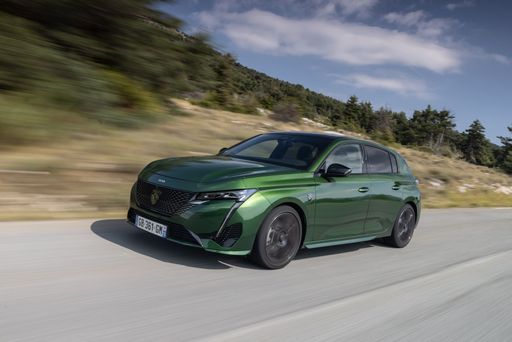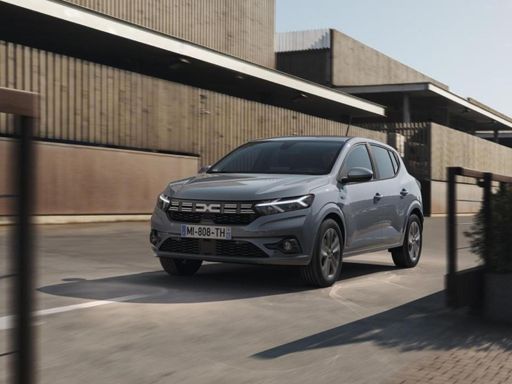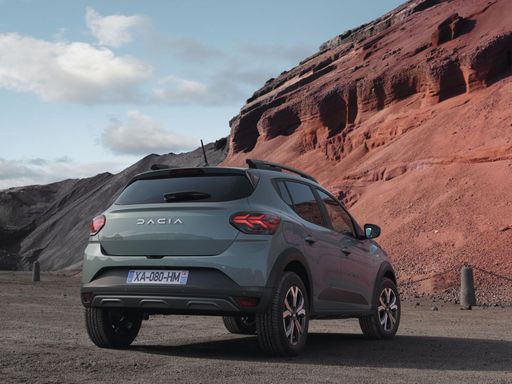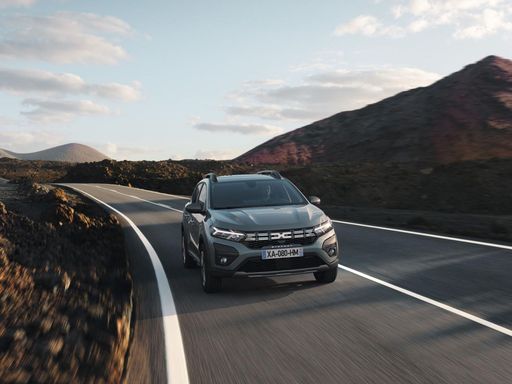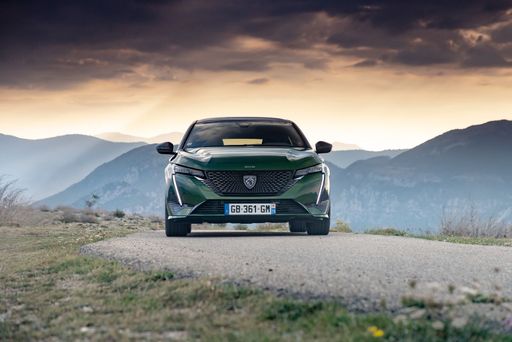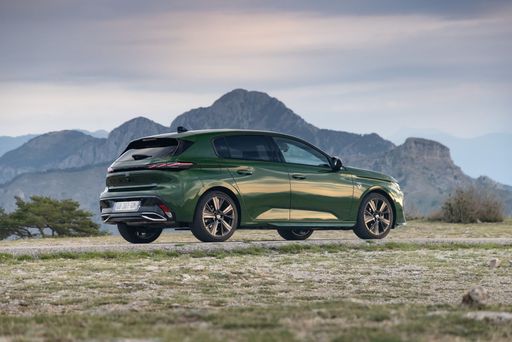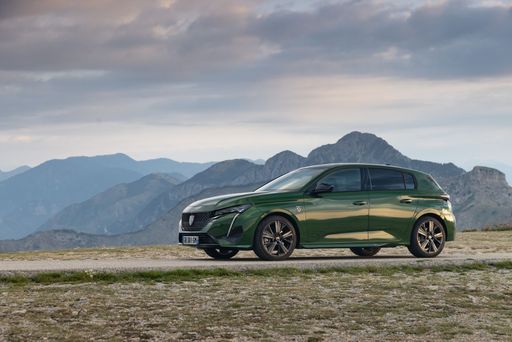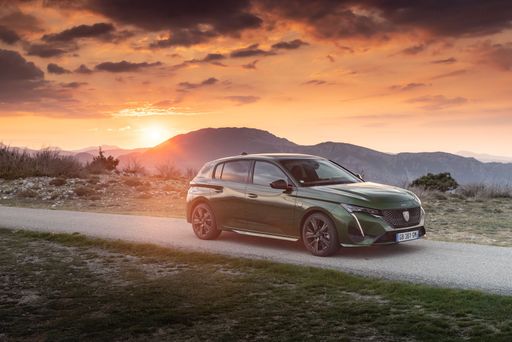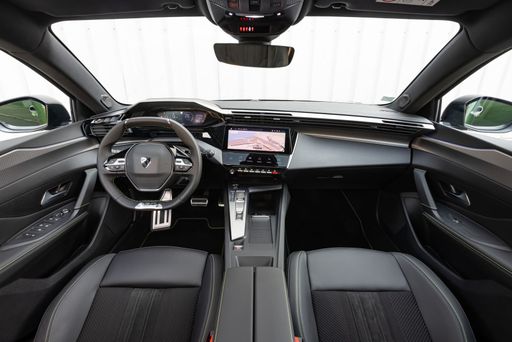Dacia Sandero vs. Peugeot 308: A Comprehensive Comparison
In the competitive realm of hatchbacks, the Dacia Sandero and Peugeot 308 emerge as compelling options for budget-conscious drivers and enthusiasts alike. Both vehicles promise impressive features, fuel efficiency, and innovative designs. However, each has its unique strengths and weaknesses that cater to different needs. In this comparison, we dive into the technical aspects, innovations, and the driving experience of these two popular models.

